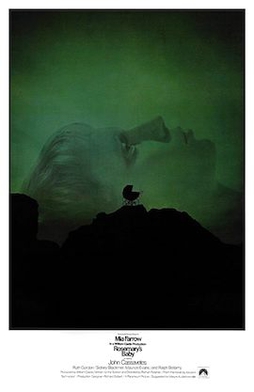 |
| Natalie Wood and Robert Redford in Inside Daisy Clover |
As a satire on Hollywood and the star system, Inside Daisy Clover occasionally feels slack and uncertain. That may be because it was adapted by Gavin Lambert from his own novel, and authors are sometimes not the best judges of which parts of their books to transfer to film. There seem to be characters in the movie who haven't been given as much to do as their prominence suggests, such as Daisy's sister Gloria (Betty Harford), or Baines (Roddy McDowall), the assistant to the studio head, a role more generously cast than the function of the character in the story deserves. But I think a major problem stems from when the movie was made: in the mid-1960s, when the Production Code was on its last legs, and before films like Easy Rider (Dennis Hopper, 1969) and Midnight Cowboy (John Schlesinger, 1969) showed filmmakers what they could get away with. So although Inside Daisy Clover shook free of the Code's strictures against homosexuality and let Robert Redford's character, Wade Lewis, be revealed as gay (or, in a departure from the book, bisexual), you can still feel that people in the film aren't using the kind of verboten language that they would have in real life. Once, for example, Daisy (Natalie Wood) says "damn" and is reproved by her mother (Ruth Gordon) for using "those four letter words." When Daisy scrawls in anger on a wall, you expect stronger language than her graffiti contains. Lambert and director Robert Mulligan are chafing at the restrictions but haven't been given the go-ahead to take the film as far as it wants to go, so there's a kind of tonal dithering -- lunges in the direction of black comedy, as in Daisy's suicide attempt, that fall short of the mark.
